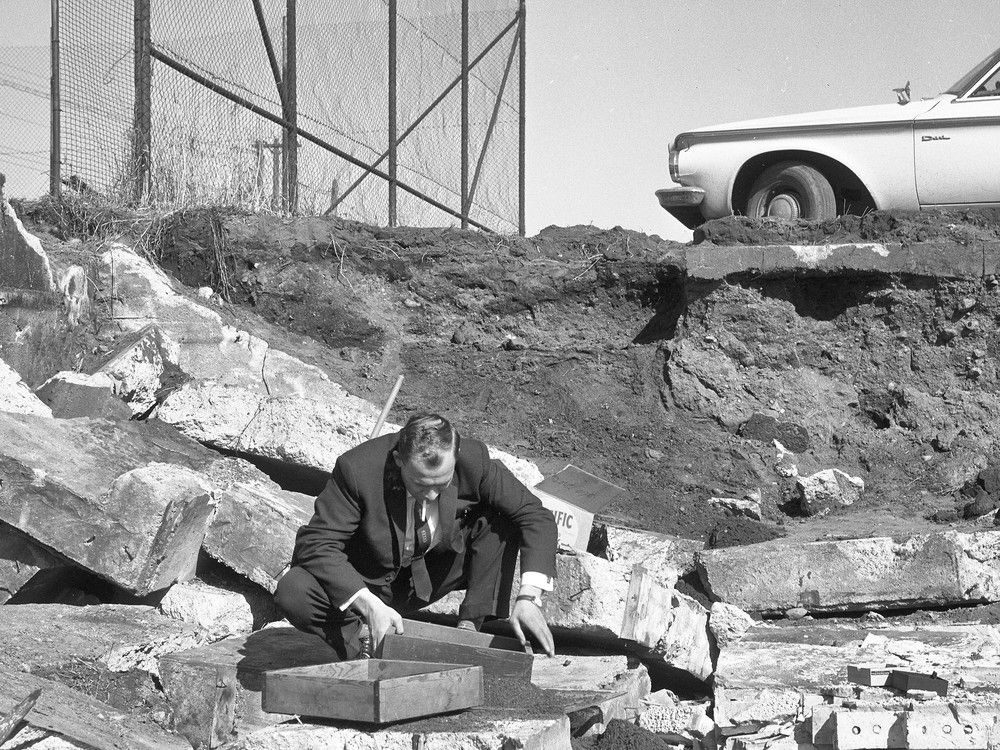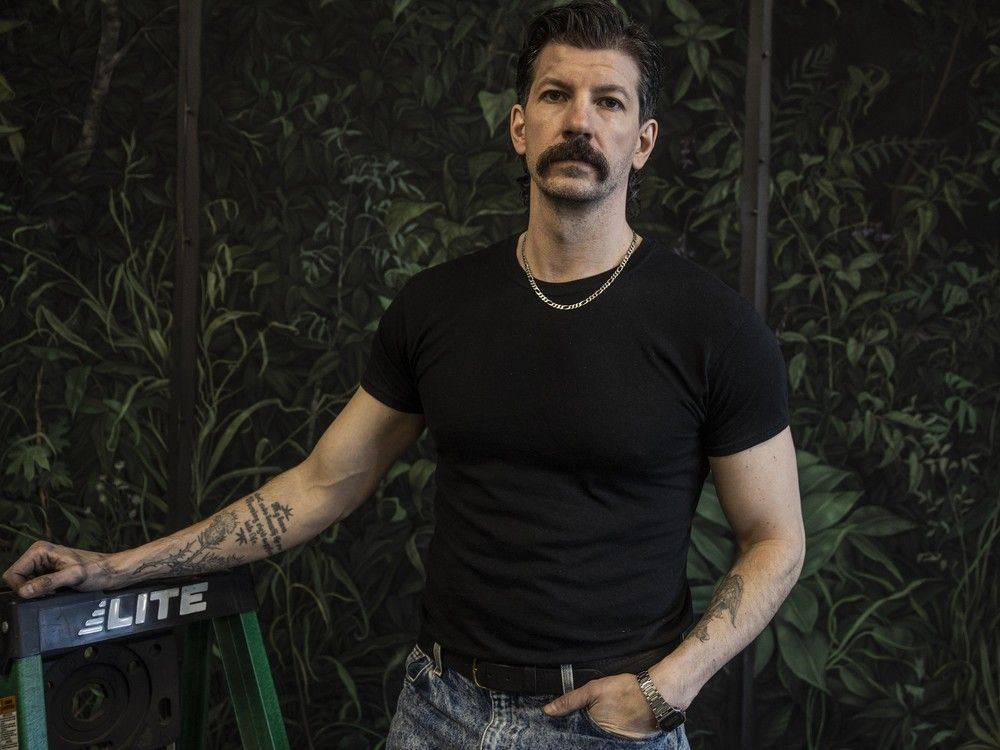
Opinion editor’s note: Editorials represent the opinions of the Minnesota Star Tribune Editorial Board, which operates independently from the newsroom. ••• Gavin Quimby wasn’t known as “SuperGav” around his hometown of Winona, Minn., just because he adored a certain comic book man of steel.
The 5-year-old boy’s courage in fighting a rare, disabling neurological disorder, one that would claim his life in 2015, also left zero doubt in the minds of friends and admirers that Gavin was a superhero in real life. Since his passing, treatment and testing for metachromatic leukodystrophy (MLD) have advanced, giving hope to other families facing the same frightening diagnosis. But early diagnosis is critical because treatment is most effective when given in the disease’s early stages.

While this progress came too late for Gavin, his parents are bravely drawing strength from their little boy’s memory to continue a worthy crusade: ensuring other Minnesota kids with MLD get a diagnosis as soon as possible. Shanna and Nick Quimby, with a commendable assist from Sen. Jeremy Miller, R-Winona , are at the forefront of efforts to add MLD to the newborn “blood spot” testing that routinely screens infants born in Minnesota for dozens of rare and serious disorders soon after birth.
One way or another, the Quimbys will soon get an answer. The Minnesota panel that decides whether to expand the newborn screening list of conditions meets next on April 15. While three states — New York, Illinois and Pennsylvania — have added MLD or soon will, the Quimbys are hopeful but anxious.
They were optimistic last year when Minnesota’s Newborn Screening Advisory Committee first considered adding MLD screening. Shanna Quimby testified and thought it went well. New York and Illinois had already done so, a move that speaks to the MLD screening test’s reliability.
But the panel’s decision last year was a no, though the group did make “a motion to reconvene the evidence review committee and present additional information” on MLD screenings at its April 2025 meeting. That the panel left the door cracked open to reconsider this spring wasn’t much of a balm for SuperGav’s mom and dad. “Obviously, we were devastated,” said Shanna Quimby, a military veteran who now works as a surgical assistant.
The couple may have been devastated, but they were undaunted. And that’s where Miller comes into the picture. A small-business owner first elected in 2010, Miller is a longtime ally of the Quimbys.
He recalls fondly how SuperGav brought his community together. In 2014, Winona residents orchestrated a day for the little boy to be a super hero in real life. With help from his many friends, Gavin scored a touchdown for the Winona high school football team.
City firefighters helped him put out a fire at school. Gavin also fought crime, with his day care provider serving as a damsel in distress fighting off a purse burglar. City officials presented him with a key to the city.
Before scientific advances made possible reliable newborn screening for MLD, Miller worked with the Quimbys on 2015 legislation known as the “SuperGav Act.” It “helped drive the Minnesota Department of Health” to add more conditions to its newborn screening list in 2016, according to information provided by the Minnesota Senate Republican Caucus. In 2019, Miller also worked with the Quimbys, another Minnesota family and other advocates to create the state’s Rare Disease Advisory Council.
So when the state’s newborn panel said “no” on adding MLD last year, the Quimbys understandably turned to Miller for help. He introduced SF 1494 to add MLD to the state’s newborn screening. The bill and its House companion admirably have bipartisan support.
Miller, in an interview, said the legislation reflects improvements in diagnosis and treatment of MLD. While he’s cautious about circumventing the current process to add conditions to newborn screening, he also noted that part of the responsibility of lawmakers is to move Minnesota forward when necessary. He credits the Quimbys for their hard work and determination.
“They are committed to making sure other families in Minnesota get early detection and diagnosis for the best possible chance at a positive outcome,” Miller said. “That is pretty darn awesome.” Also inspiring Miller: memories of SuperGav.
“He was one of the strongest and bravest kids I’ve ever met. At 5 years old, he went through more medical treatment than most people will go through in a lifetime. Every time I met him, he always had a smile and he kept fighting to the very end.
We’re doing this for Gavin.” Hopefully, Miller’s legislation won’t be needed if the state newborn panel adds MLD to the screening list this month. But if it does need to be passed, the legislation’s fiscal note indicates a minimal cost to taxpayers, with the new test’s ongoing costs covered by a $7.
35 increase in newborn screening fees. These are typically included in labor and delivery billing and usually covered by health insurance, according to the Minnesota Department of Health. About 64,000 babies are born annually in Minnesota.
Data from a national rare disease advocacy organization estimates MLD’s incidence rate at 1 in 40,000 to 1 in 160,000 infants. As Miller noted, the University of Minnesota is a standout for research and treating the disease. That’s another reason to catch MLD early here, so families can take advantage of the U’s world-class care.
MLD’s rarity can make it difficult for it to be diagnosed. There are different forms of the disease, but with the type that Gavin had, “most children lose the ability to talk and walk,” reports the National Organization for Rare Disorders. The Quimbys saw multiple doctors and specialists before finally getting the heartbreaking diagnosis.
They don’t want any other family to go through an anguishing search for answers. The couple’s crusade understandably also includes this noble motivation: keeping SuperGav’s memory alive and making the world he left too soon a better place. Said Shanna Quimby: “This is my way of keeping him in the forefront of my life, telling my story about him and who he was a person and who he was in our family.
”.















